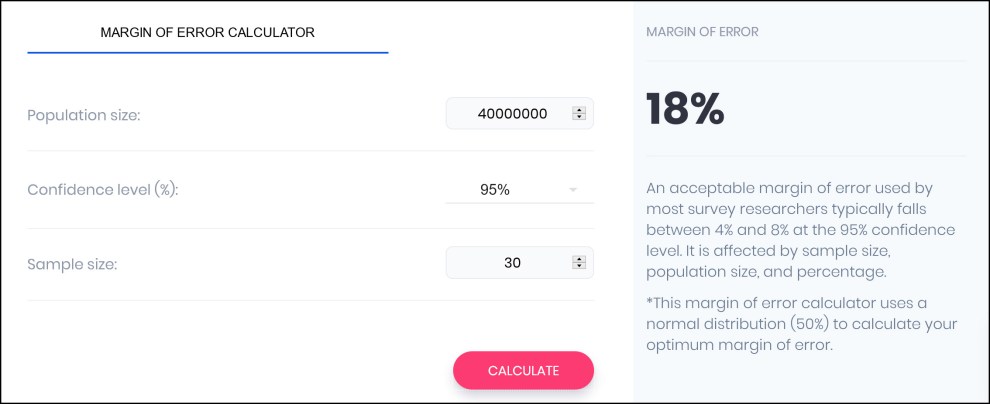
Rashawn Ray wants us to stop treating African Americans as a monolithic group:
Black Americans vote on par or higher than their state population. They represent a significant share of Democratic voters, especially in states like South Carolina (nearly 60%). Despite representing this large voting bloc, polls such as Quinnipiac continue to frame black Americans as a monolithic group, while disaggregating white people by age, political identification and education.
I argue it is important to see the heterogeneity of black Americans. Others agree. Professor Eddie Glaude Jr said: “We have to be more nuanced in how we talk about black voters. I would love to see the breakdown of the Q poll. Age. Class. Etc.” Rolling Stone writer Jamil Smith said, “I’ve examined the newest Quinnipiac poll very thoroughly … and unfortunately, it does not break down black voters by age, class, education, or even gender. Just ‘Black.’ White respondents receive more nuanced treatment in the poll.”
The problem here is not one of racism, but of statistics. The average poll reaches about a thousand people. Of those, about 13 percent are likely to be black. If you then break things down by, say, age, you’ll have only about 30-40 respondents in each group. Unfortunately, as the group size goes down, the margin of error for each group goes up. In this case, the margin of error for each of the age groups is upwards of 15-20 percent, which makes the results useless. It would be a dereliction of duty to even report them.
Some polls oversample blacks and Hispanics to avoid this problem, but that’s expensive. It’s usually done infrequently, and only for surveys specifically aimed at reporting the views of one ethnic group. So don’t blame Quinnipiac for this. It’s a problem of arithmetic and money, not bad faith.


















